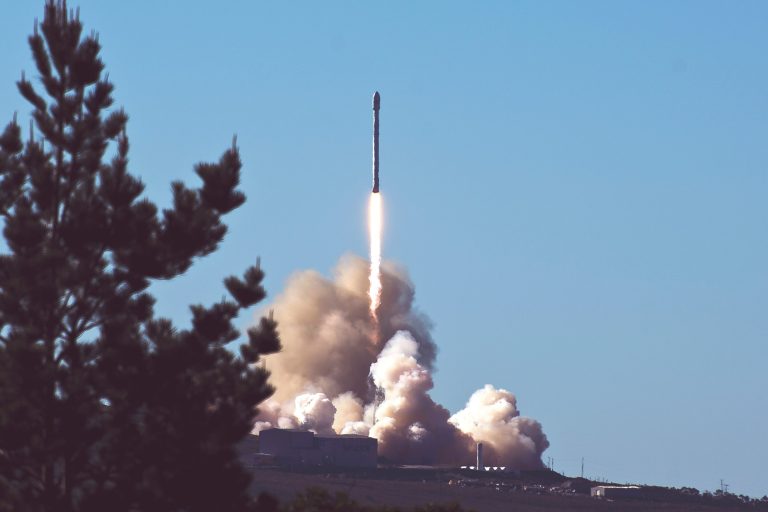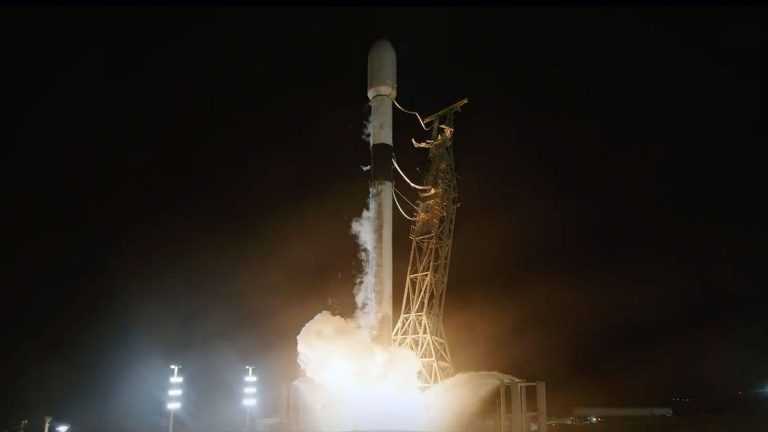
Watch Vulcan rocket launch private Peregrine moon lander on debut mission early Jan. 8 (Image Credit: Space.com)
A historic moon mission will launch early Monday morning (Jan. 8), and you can watch the action live.
United Launch Alliance’s (ULA) Vulcan Centaur rocket is scheduled to lift off from Florida’s Cape Canaveral Space Force Station on Monday at 2:18 a.m. EST (0718 GMT). The launch — the first ever for the powerful new rocket — will send the private Peregrine moon lander toward Earth’s nearest neighbor.
You can watch it live here at Space.com, courtesy of NASA TV, beginning at 1:30 a.m. EST (0630 GMT) on Monday.
Related: 10 exhilarating spaceflight missions to watch in 2024

The Vulcan Centaur will replace ULA’s Atlas V and Delta IV rockets, workhorses that have sent a variety of high-profile spacecraft into the final frontier. Among the Atlas V’s many notable payloads, for example, are NASA’s Curiosity and Perseverance Mars rovers, New Horizons Pluto probe and OSIRIS-REx asteroid sample-return mission.
The already-retired Delta IV, for its part, lofted many U.S. spy satellites, as well as NASA’s Parker Solar Probe and the first-ever mission of the agency’s Orion capsule (an uncrewed test flight to Earth orbit back in 2014).
The 202-foot-tall (62 meters) Vulcan Centaur consists of two stages, and its thrust can be augmented by up to six strap-on solid rocket boosters. Vulcan’s first stage is powered by two of Blue Origin‘s BE-4 engines, so Monday’s mission is a big one for Jeff Bezos’ aerospace company as well. (The BE-4 is also the first-stage engine for New Glenn, Blue Origin’s big, reusable rocket, which remains in development.)
Vulcan’s upper stage is far less novel; it’s part of the Centaur family, which has been getting payloads to their off-Earth destinations for decades.
Monday’s liftoff will the first for Peregrine as well. The robotic lander, which was built by Pittsburgh-based company Astrobotic, will aim to become the first private spacecraft ever to touch down softly on the moon.
Peregrine is flying via NASA’s Commercial Lunar Payload Services (CLPS) program, which aims to help pave the way for the agency’s crewed Artemis moon landings. The private spacecraft is carrying a variety of scientific payloads, provided by NASA and other space agencies, as well as some commercial cargo.
Among the private payloads are memorial capsules from the companies Celestis and Elysium Space. Their inclusion on the mission has drawn criticism from the Navajo Nation, which says that the delivery of human remains to the moon would desecrate a sacred space.








